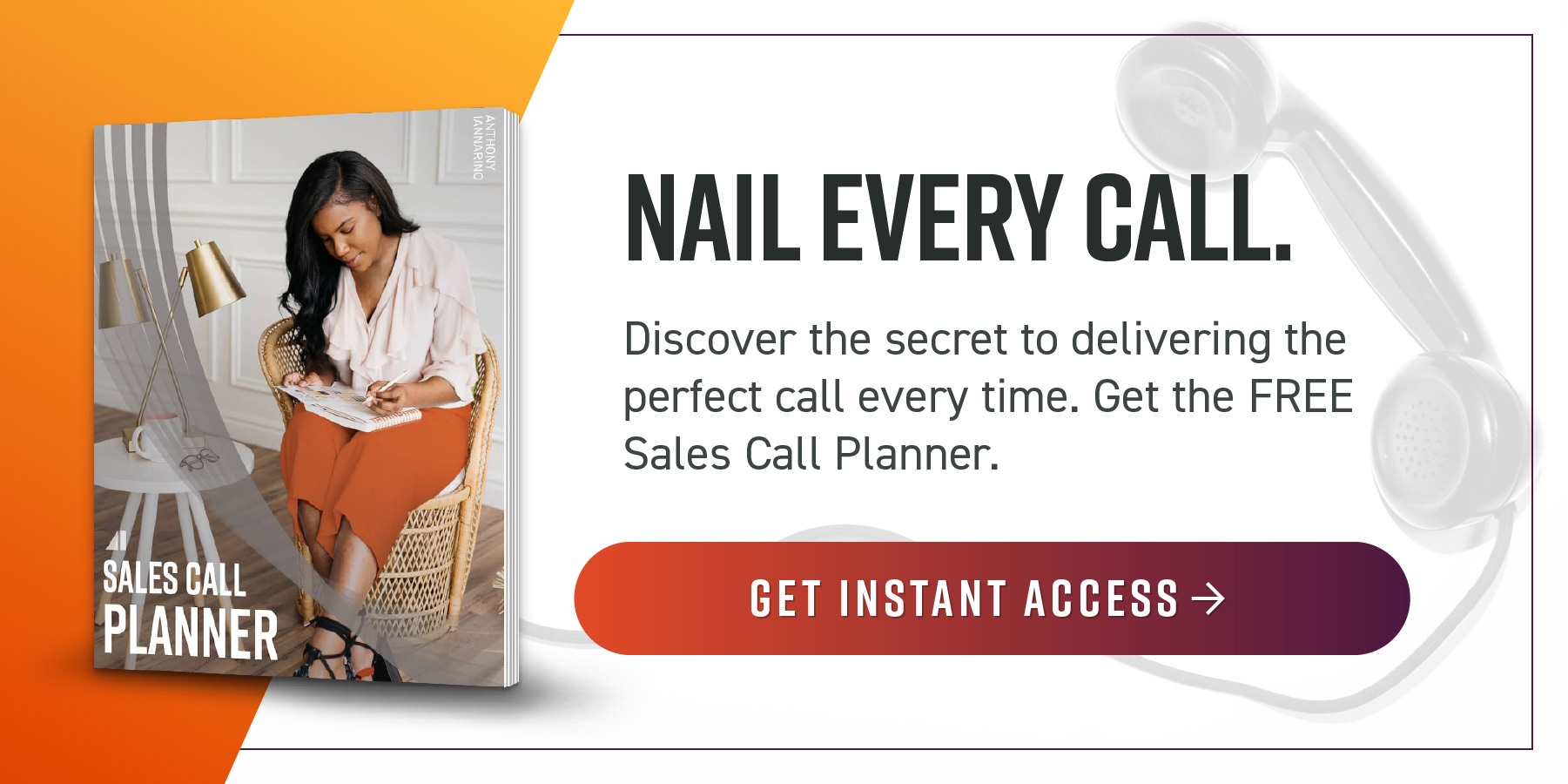Every day on planet Earth, 4.7 billion people send 347 billion emails to others. This number is projected to grow to 361 billion in 2024. Forty-five percent of the emails sent each day are spam. For salespeople using email as part of their cold outreach, most of their messages look and feel like spam. To improve your success with email prospecting, you should avoid anything that would cause your client to hit the delete key.
The average email from a salesperson has a subject line, like “Have you got 3 minutes …” The one I am looking at now provides the greeting, “Hey Anthony!” This person has emailed me in the past, so Google recognizes these missives as spam because it can identify emails sent to a list of unqualified recipients.
The salesperson doesn’t know their emails are going to spam, so they begin with “We hope our previous communications have sparked some interest about the possibilities that integrating [Company Name] with HubSpot can bring to your sales and marketing processes.” This poor salesperson’s approach has low effectiveness because it is nothing less than a straight pitch for their company and their solution.
They continue, “Imagine being able to predict your prospect’s next move before they make it—that’s the power of intent data.” First, intent doesn’t predict a prospect’s next move. Had the salesperson known anything about me, they might have a hint that I know something about intent and data. Instead, they sent something that leads me to believe that I know more than they do about whatever they are promising.
Here is the call to action: “Let’s connect to discuss how [Company Name] can revolutionize your HubSpot experience.” At the end of this poor email, the sad last line reads: “If you don’t want to hear from me again, reply unsubscribe.” Unfortunately, this person has no idea Google already ensures I don’t see their company’s emails stay out of my inbox.
What Did Your Contact Learn
My sales methodology requires that every communication with a client, including an email, must create value. You would do well to avoid being cute or funny, or asking if the contact has been eaten by some animal. While many people suggest you should use emails to get attention, the best way to do that is to craft a message that positions you as an expert and an authority. If a bear or a crocodile is prominent in your email, you’re probably not creating any value.
When you start an email by talking about your organization and how you help other companies improve their results, you are pitching. When you follow that with links to case studies or some proof provider designed to tout your company’s prowess in your industry, you are not creating value. Unless your contact woke up one morning, looked in the mirror and thought, “I hope someone sends me an email about connecting data with intent using HubSpot,” it is doubtful they will read more than the first line.
Those sales organizations and salespeople who want a first meeting would do better to call the contact directly and trade value for the client’s time.
B2B Sales Is Broken
B2B sales prospecting is now completely and utterly broken because sales organizations use technologies to buy a list and send emails to thousands of people based on their title or their industry. In the third decade of the 21st century, sales organizations have regressed to a spray-and-pray approach to cold outreach. They choose this despite having access to information that makes it easier than ever to identify people who may benefit from what the organization sells.
Some of our brothers and sisters in sales are also using increasingly transactional strategies devoid of any attempt to create value for the client. Data suggests that buyers prefer a salesperson-free buying experience. The root cause of this is the poor sales experience prospective clients receive from sales organizations and their sales force.
Creating ValueMail
What if instead of sending another lookalike email all about your company and your solution, you designed an email to create value for the person receiving it? What if you shared with them something that might help them to learn about what is changing and what they might need to know to improve their future results. That is ValueMail.
Were I to email a sales leader to help them understand the current state of B2B sales, I would start with Gartner’s research that suggests 75 percent of buyers now say they want a salesperson-free buying experience. I would follow that with a second bullet point from Gartner that 68 percent of these buyers have bought something complex without a salesperson. I could easily add more data from HubSpot, including that 89 percent of salespeople say they are experiencing burnout. This use of information disparity creates value for the contact receiving the ValueMail.
Instead of asking the contact for a meeting in the email, I would call the client to follow up on the email and offer to trade the value of an executive briefing for their time. This makes it easier to acquire a meeting.
Email Prospecting: ValueMail
If you send emails as part of your cold outreach, you improve your odds of getting a meeting by proving you are an expert and authority who relies on data and insights to help their clients. If the email is about your company and how amazing your solution is, the email is about you—not your client.
You want your ValueMail to be helpful for your contact, as the conversation you are pursuing is about your contact, their business, and their results. When you make the email about you, it is like going to the doctor and listening to the doctor tell you about all his other patients and all the maladies he’s experienced, instead of addressing your illness.
The reason email isn’t a good way to generate meetings is because your contacts’ inboxes fill up in a few minutes each day, most of the messages are never seen by a contact because spam filters remove it. Use ValueMail to provide value, then follow up with a phone call.












